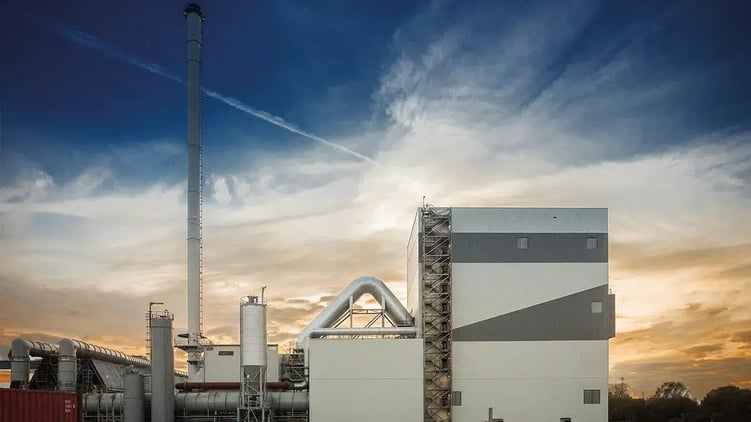Using a hybrid of secondary techniques to reduce NOx emissions
by Aalborg Energie Technik a/s on Feb 16, 2023 12:15:49 PM

Boiler plant operators have many options when it comes to effective strategies for reducing hazardous nitrogen oxide (NOx) emissions. There are primary techniques that prevent or minimise the formation of NOx and secondary techniques that can reduce the NOx that has already been created.
The methods for secondary reduction are Standard or Advanced Selective Non-Catalytic Reduction (SNCR), and Selective Catalytic Reduction (SCR).
All of these methods involve the introduction of a reducing agent like ammonia or urea. Because these various methods each have their own advantages and disadvantages, some boiler operators opt for a hybrid of SNCR and SCR.
Hybrid SNCR and SCR:
A hybrid SNCR/SCR solution utilises the SNCR system in the furnace and combines it with an NH3 slip catalyst within the flue gas system after the removal of dust and SO2.
Advantages of a hybrid solution:
- Typical NOx reduction of 60 to 90%
- High reliability
- Low maintenance costs
- Compact solution
- Low CAPEX compared to SCR.
Disadvantages of a hybrid solution:
- Requires extra space
- Higher consumption of NOx reducing agent than SCR
- Requires regular replacement or regeneration of catalyst elements
- Sensitive to alkali metals.
This hybrid approach may or may not be the right choice for your operation. Before deciding on a secondary technique for NOx reduction, we recommend that you also familiarise yourself with the pros and cons of Standard and Advanced SNCR and Selective Catalytic Reduction.
To learn more about NOx reduction techniques, visit our Knowledge Hub.
Do you need help with your project?
Our experts are ready to assist you. Fill out the form below and we will get back to you as soon as possible.
Contact us

David Kjølby Krøger

